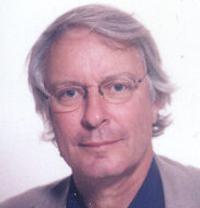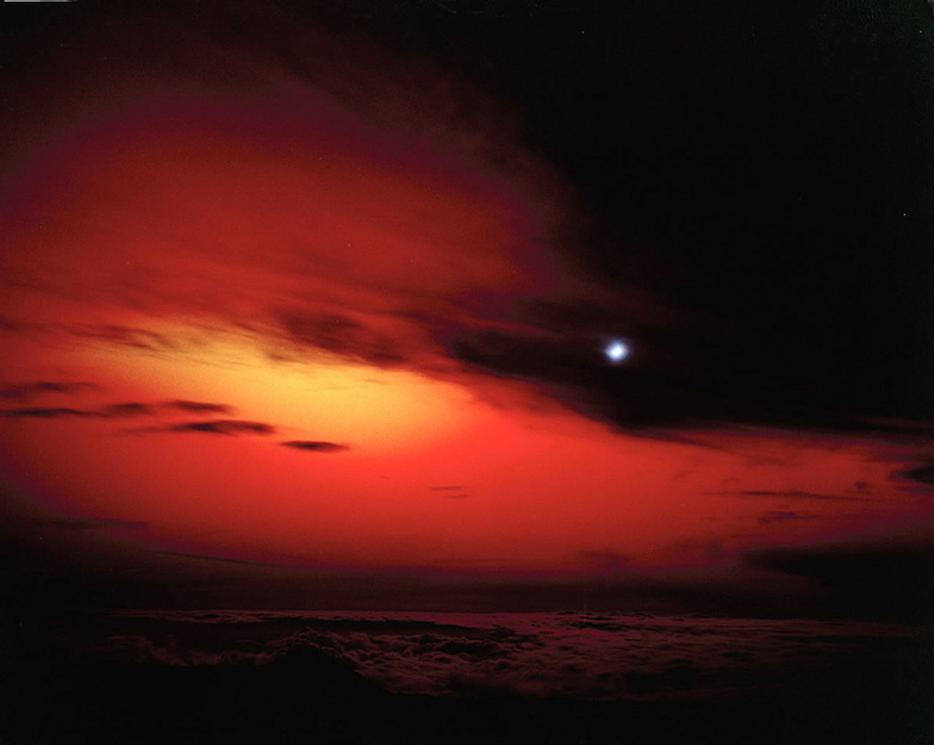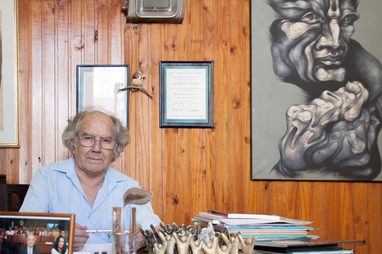SGI Quarterly

Kevin P. Clements is the foundation chair of peace and conflict studies and director of the National Centre for Peace and Conflict Studies at the University of Otago, New Zealand, and secretary general of the Toda Institute for Global Peace and Policy Research.
In 1946, I had the good fortune to be born into a pacifist Christian family. My father was a religiously inspired conscientious objector to World War II and spent four years in detention instead of serving in the New Zealand armed forces. He experienced a lot of personal discrimination for this unpopular position, but his courageous stand was an important factor in my development as a peace activist.
From a very early age, I was conscious of the negative consequences of violence and the beneficial effects of nonviolence. Like many others, I was inspired by Mahatma Gandhi's principled nonviolence and its power to transform colonial and repressive regimes. I was also inspired by Martin Luther King Jr. and the civil rights movement in the United States. I was particularly impressed by the discipline of civil rights activists because they chose to suffer and make sacrifices for their beliefs instead of inflicting suffering on their oppressors. My father, Gandhi and King, therefore, were all critical determinants of my own commitment to peace and justice by peaceful means.
Being born in New Zealand, however, meant that I was not directly involved in grappling with peace or justice issues as were my mentors in India and the United States. This relatively benign position of New Zealand in the world was soon challenged by the nuclear arms race and the development of more and more diabolical nuclear weapons. This affected me very personally.
It is in solidarity with those committed to personal and collective transformation that we discover our common humanity.
On July 9, 1962, for example, I witnessed the way the sky changed during a high-altitude nuclear test called "Starfish Prime" conducted by the United States. The bomb, launched from Johnston Atoll, southwest of the Hawaiian Islands, exploded 400 kilometers above the ground, knocking out communication systems all around the Pacific. The aurora it generated could be seen from New Zealand and many other islands in the southwest Pacific Ocean, turning the sky red and yellow. I still remember the feeling of tremendous dread it stirred in me.
The fact that the bomb had such a profound effect on the electromagnetic nature of the atmosphere underlined how cavalier nuclear scientists were about playing with nature. I was shocked by the insanity of the scientific establishments of the US, USSR, UK, China and France in their dedicated pursuit of increasingly deadly bombs. From that moment, I became a dedicated antinuclear activist and member of the Youth Campaign for Nuclear Disarmament.

The aurora of the Starfish Prime detonation photographed from Hawai’i. [Photo credit: Los Alamos National Laboratories/CC BY-NC-ND 2.0]
During my university years, the Vietnam War was a further motivation for me to become a peace activist.
I have never flinched from my commitment to the transformative and disarming power of principled nonviolence. In the face of persistent brutality and cruelty, I am able to maintain my optimism and idealism through a deep religious belief in the power of love, altruism, care and compassion and through working with many others from all around the world in the never-ending struggle for justice, peace and the integrity of all creation. It is in solidarity with those committed to personal and collective transformation that we discover our common humanity. I always feel most alive when engaged in meaningful positive social change with all those committed to making the world a more equal, more compassionate and more peaceful place. There are signs of hope everywhere. Wherever human beings are listening to the needs and deepest concerns of others and acting to promote their interests, peace is being generated.
Despite what looks like a rocky start, I am optimistic that the 21st century will indeed be one of maturity and peace, rather than violence and disaster. It is to this goal that I, along with many others, dedicate our lives, creativity and energy.


